Jump to:
Growing plants in containers is a practical and space-saving gardening solution. This approach is ideal for plant lovers short on space but big on green ambitions. It’s an accessible and rewarding way to cultivate a variety of plants. It turns balconies, patios, and even windowsills into a miniature oasis. Join us as we explore how you can transform your limited space into a thriving green haven!
Container Gardening

Container gardening introduces a versatile and creative form of cultivation. Plants are grown in various containers instead of being planted in the ground. This method utilises pots, boxes, tubs, and other receptacles to house a wide range of plant life. It adapts to any setting, making it particularly relevant for urban dwellers.
Take, for instance, the bustling confines of city living. Traditional gardening space is often scarce, so container gardening is ideal. It allows residents to transform their balconies into lush, green sanctuaries. It provides urbanites the opportunity to grow their own fresh produce in the heart of the city.
Choosing the Right Containers for Success

The material of the container can affect both the health of the plants and the ease of care. Let’s start with plastic pots, which are lightweight and cost-effective. Moreover, they retain moisture well, making them ideal for moisture-loving plants. The downside, however, is they can degrade over time, especially under direct sunlight.
Next are ceramic pots. With their porous nature, they offer excellent breathability. They are especially beneficial for plants requiring good air circulation around the roots. Keep in mind, though, that they are heavier and can be prone to cracking in freezing temperatures.
Metal containers are durable and stylish but can heat up quickly. The material may pose a risk that can potentially harm the roots of heat-sensitive plants.
The size of the container should match the growth habit of the plant. For one, larger plants or those with deep root systems require deeper pots. Equally important is drainage. Ensure that your containers have enough drainage holes to prevent waterlogging. For plants that prefer drier soil, like succulents, choose containers that drain quickly. Also, consider those that aren’t overly large to avoid excess moisture.
Selecting Suitable Plants

Container gardening opens up a world of possibilities. For those looking to grow edibles, consider these vegetables below. They adapt well to container life and provide a bountiful harvest:
- tomatoes
- peppers
- leafy greens like spinach and lettuce
Herbs such as basil, cilantro, thyme, and mint are perfect for smaller pots. Their proximity to a kitchen garden makes them handy for culinary use.
For a splash of colour, plant vibrant flowers like petunias, marigolds, and geraniums. Decorative plants such as succulents and ferns can add texture and visual interest.
When considering indoor plants, choose species that thrive in lower light conditions. Snake plants, peace lilies, and pothos are your best bet. These plants are excellent for purifying indoor air and require less frequent watering. Outdoor containers can accommodate a broader range of plants. This includes those that need more sunlight and can withstand the elements.
Soil and Fertilisers
The right soil mix is fundamental for container gardening. It ensures proper nutrition, drainage, and support for plants. A well-draining, nutrient-rich potting mix is ideal for anti-waterlogging and root rot.
When it comes to fertilisation, options vary. Organic fertilisers, like compost or fish emulsion, are recommended. They release nutrients slowly and improve soil health over time. Inorganic varieties, in contrast, offer quick nutrient release. Moreover, there is precise control over nutrient composition. Both types have their place in container gardening. The choice depends on the specific plants and gardening needs.
Watering and Sunlight Needs

Watering in container gardening requires a balance. Too much can lead to root rot, and too little can stress plants. Generally, plants in containers need more frequent watering than those in the ground. The use of self-watering containers can help maintain consistent moisture levels.
For sunlight, observe the light patterns in your space and choose plants accordingly. Full-sun plants require around six or more hours of direct sunlight daily. Meanwhile, shade-tolerant plants thrive with less. Always check the specific sunlight needs of each plant. Place them in your space to match those requirements for optimal growth.
Pest and Disease Management
Regular monitoring is key to managing pests and diseases in container plants. Keep an eye out for signs like discoloured leaves, stunted growth, or visible pests. Natural methods can effectively control many common pests. Consider neem oil and insecticidal soaps, or introduce beneficial insects like ladybugs and lacewings.
For diseases, proper spacing of plants ensures good air circulation. Additionally, avoiding overhead watering can prevent many fungal and bacterial issues. If a plant does become diseased, isolate it to prevent the spread to other plants. Then, treat it with the right organic or chemical remedies based on the specific problem.
Seasonal Care and Maintenance
Caring for container plants requires seasonal adjustments to ensure their health and vitality. In spring, begin by pruning dead or overgrown branches to encourage new growth. As temperatures rise in summer, increase watering frequency. Also, consider moving sensitive plants to shaded areas to prevent overheating. Feeding with a balanced fertiliser during the growing season supports their health.
In autumn, start reducing water as plant growth slows down. Remove any fallen leaves to prevent fungal diseases. This is also a good time for repotting plants that have outgrown their containers. Doing so can give them more room to grow the following year. (Top tip: Explore these autumn garden ideas for more.)
Winter care is crucial, especially for non-hardy plants. Bring tender plants indoors or to a frost-free area. For outdoor plants, provide insulation by wrapping pots with bubble wrap. Adding mulch to the soil to protect roots from freezing also helps. Reduce watering significantly, but do not let the soil completely dry out. Regularly check for pests that might take refuge in indoor plants during winter.
Round-up
Container gardening is a rewarding and flexible way to bring a touch of nature into your life. Regardless of the size of your living space, it allows you to create a thriving garden. The secret ingredients are: the right containers, suitable plants, and proper care.
Remember to consider the specific needs of your plants through each season. Don’t hesitate to experiment and learn as you go, and watch as your little green haven flourishes.
If space permits, consider adding slim garden storage, such as this tall plastic cabinet. Check out more options at BillyOh! Up next on your reading list: The Essential Tools You Need for Gardening
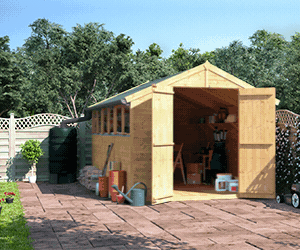
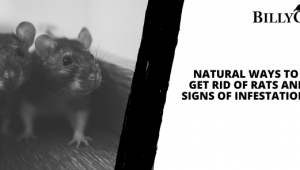
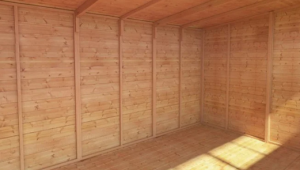


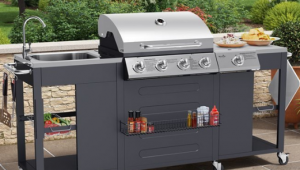



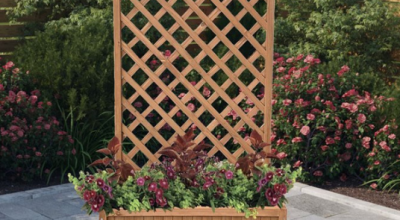
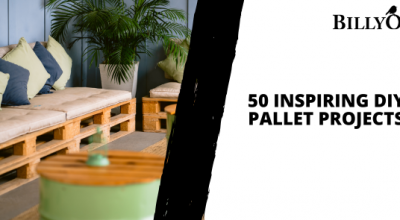


What do you think ?